3 Sources of Competitive Advantage to Drive Sustainability
Trailblazers are emerging. What are their secrets, and how can we capitalize on the sustainable advantage?

Sustainability hurts the bottom line – a fallacious idea that has guided business decisions for far too long. Today, sustainable markets are on investors’ minds… yet the acronym and its components can be elusive, even complex.
Circular economics, green finance, shifting labour pools, and eco-conscious audiences are just a few of the 21st century challenges faced by fashion entrepreneurs to date. But as more and more responsible brands emerge, it is time to add clarity and bring to light three competitive advantages that sustainable strategies can yield, namely: 1) cost savings, 2) new opportunities for capital, and 3) higher buy-in from stakeholders, specifically our target audiences.
Sustainability Is a Competitive, Monetizable Asset
The business diktat of the prior century often led entrepreneurs and leaders to believe that sustainable increments would run counter to profits, inhibit investors, and hurt the company margins.
But the last few decades have been riddled with events that have sped-up change and upped the stakes for humanity. These include economic and financial crises, mass terrorism, wars, and the acceleration of climate change.
Such occurrences are worth mentioning because they have shifted policymakers’ attentions, consumer habits, and corporate priorities, rendering the environmental and social challenges more alarming, and urgent.
Non-governmental organizations and many businesses have been working concretely with tangible results – including heightening the understanding of the value of diversity & inclusion, increasing transparency and sustainability in supply chains and products, and harnessing rising employee and consumer power.
In fact, leading companies are now embracing sustainability and ESG not just due to their consciousness, but to accelerate growth and successfully satisfy their customers’ needs and desires, capturing market leadership (Figure 1).[1]
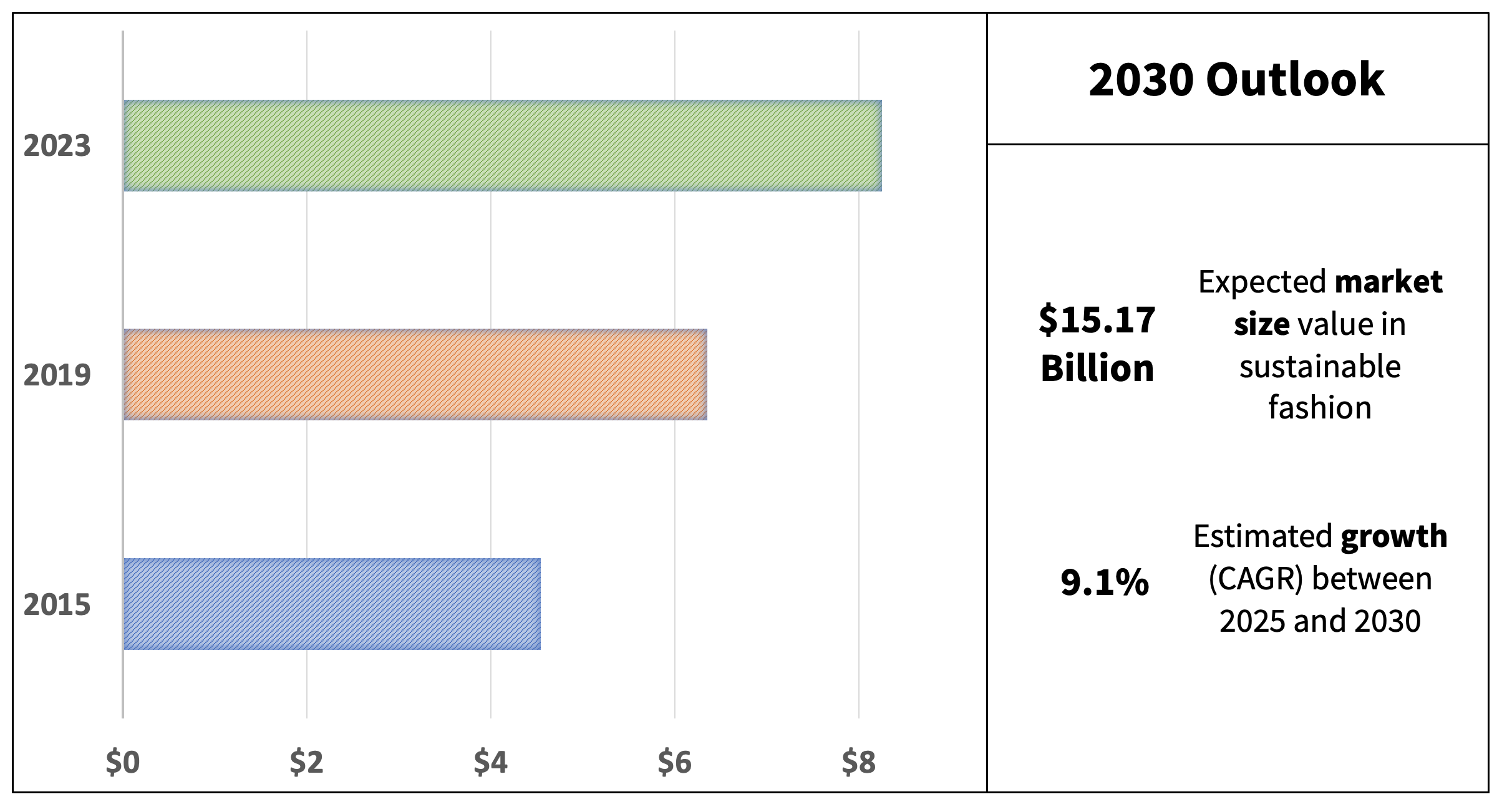
Figure 1: Sustainable fashion market size (USD billions)
Source: The Business Research Company
Global consultancy Kearney analysed 150 companies, classifying 51 of these as “circular economy leaders” – essentially placing sustainability at the core of their business model (Figure 2).[2],[3] Notably, only a third of surveyed companies in the study are in the sustainability game. This does not mean that many firms do not care about the environment – it’s just that the green economy can be confusing, and scary, sometimes. [4] Let’s briefly dissect why, and then see three ways sustainability can up competitiveness.
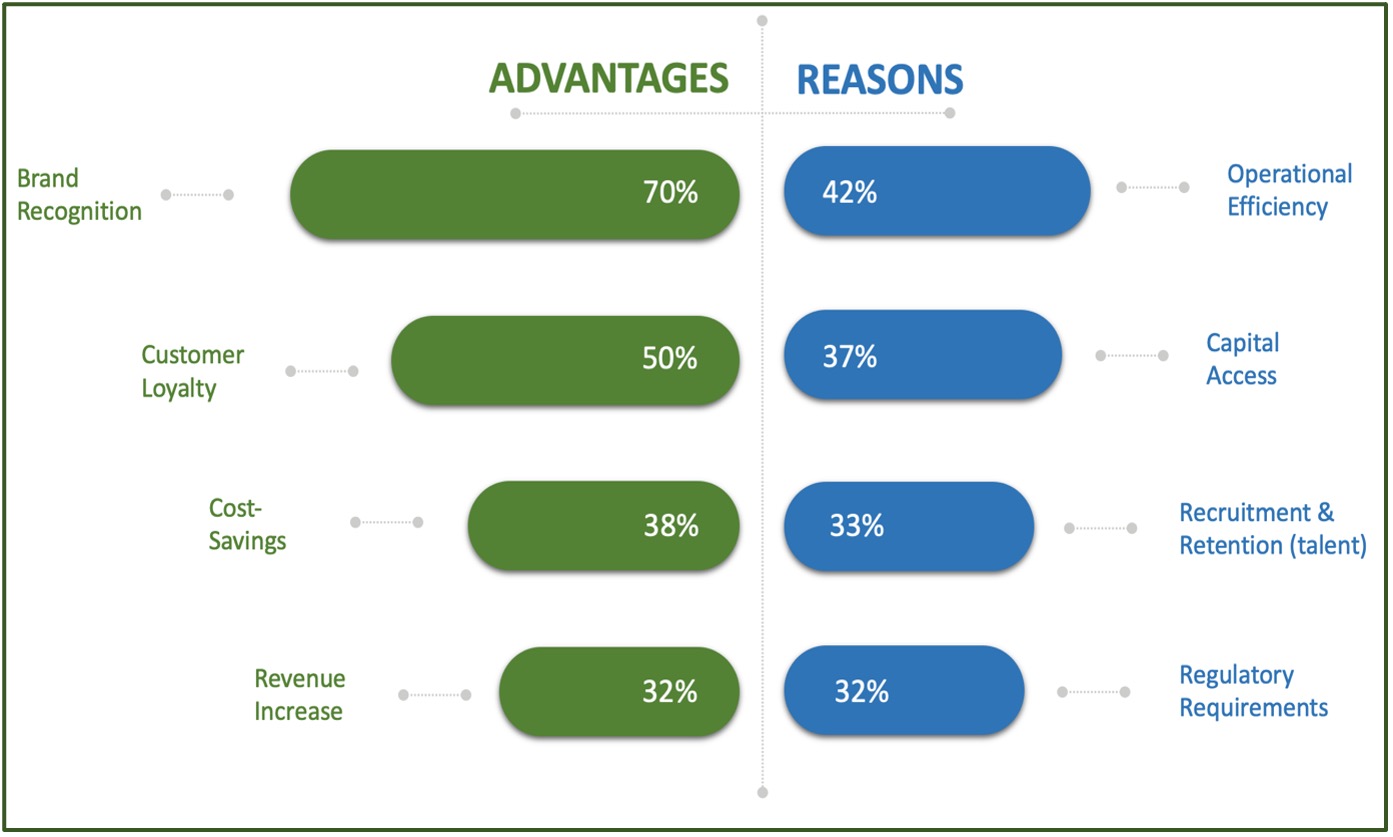
Figure 2: Why companies choose to be a sustainability champion
Sources: Kearney and Grant Thornton[5]
Picking the Right Hays from the Haystack
ESG, eco footprints, carbon neutral or negative, green bonds, and countless other buzzwords are flooding the market, and many brands are wondering what these mean for them, and how to go about it in their business reality.[6]
In fact, a key challenge for many firms is understanding where to focus their sustainable efforts for maximum impact. This is particularly difficult where stretched resources are managed in crucial times – a natural consequence of big changes and challenges, such as facing climate change or the Covid-19 impact.[7] Against this backdrop, the benefit of expert advice can be invaluable to leaders. Let’s dive into three competitive advantages of sustainability.

Getting Your Edge: Monetizing Sustainability
There are three factors that any green strategy must keep in mind: 1) the added economic benefits of optimizing operations, 2) how such benefits can be turned into financial investments, and 3) how conservation efforts drive customer loyalty. As pre-pubescent Michael Jackson and brothers used to sing, it’s as easy as A-B-C.[8]
A. Abating costs, improving efficiency
Law firm Grant Thornton’s International Business Report (IBR) shows that among corporations placing a greater emphasis on sustainability, the most common reason is to improve efficiencies and reduce costs, cited by 42% respondents, underscoring the real commercial benefits in this area (Figure 2).[9]
In particular, cost savings offer an added advantage towards direct competitors, as it provides the ability to produce the same product as your competition at a lesser expense.[10] In practical terms, this means:
- Reduced operating & manufacturing expenses – derived from reuse, waste reduction, and reduced resource consumption (e.g., water, electricity, packaging).
- Risk reduction – includes legal, regulatory, and social risks from environmental and health issues, and their derived costs.
- Decreased employee expenses – increased productivity and retention (more below), reduced recruiting expenses due to better employee satisfaction through value alignment.[11]
Let’s look at how this worked in practice for the outdoor and extreme sport apparel brand, FW (Figure 3).
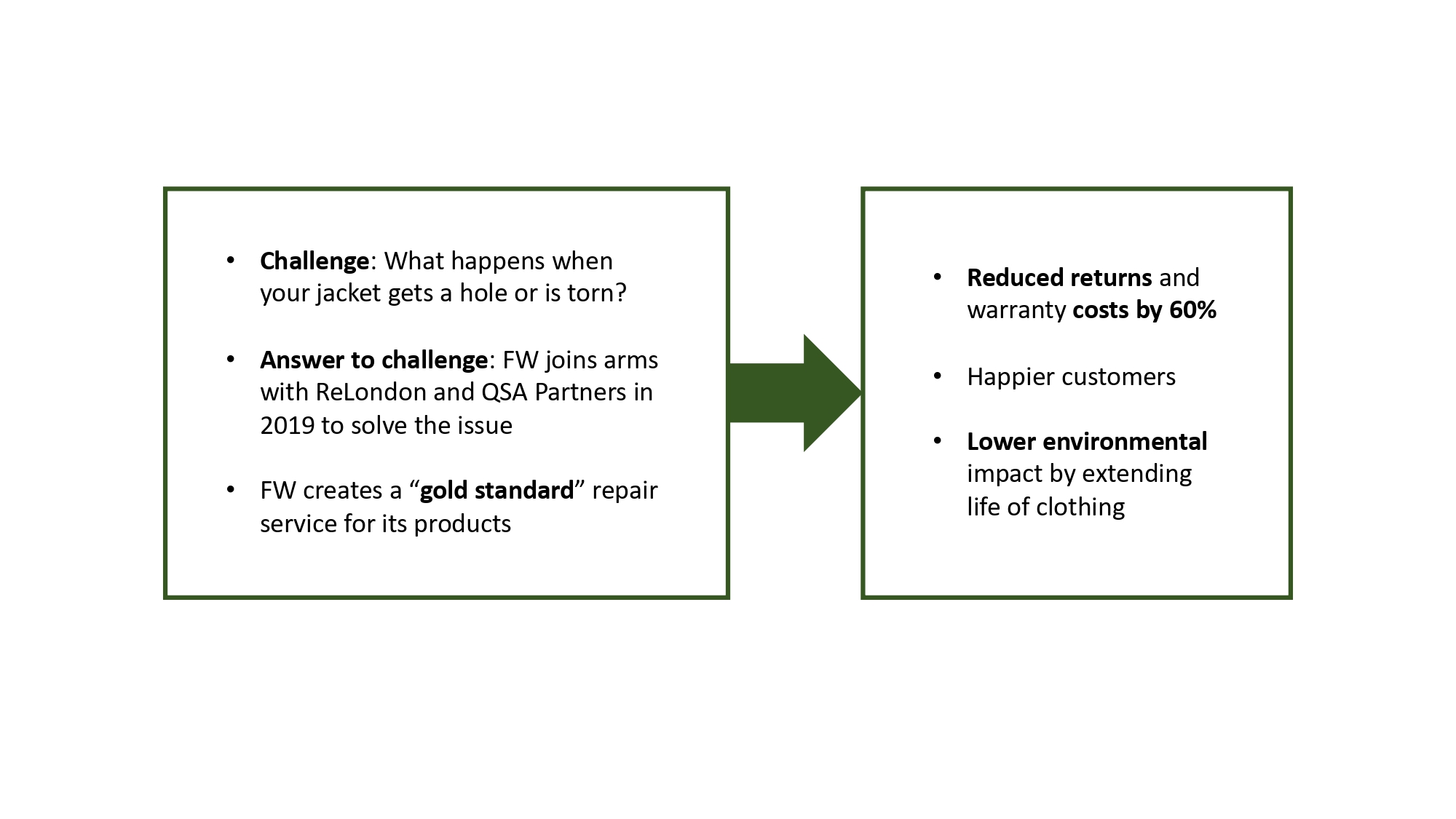
Figure 3: Case study #1: FW & the “gold standard” [12]
Sources: Edie, FW
B. Bonds – green, not stirred
Alongside operational efficiencies, improving access to capital is another key reason businesses are focusing on sustainability. Its importance has risen dramatically over the course of the last year and is now cited by 37% of IBR respondents – making it the third most important driver for sustainability as a competitive advantage (Figure 2).
According to Grant Thornton’s Director for ESG and Sustainability, “sustainability can be used as a proxy for risk management: the likes of banks or private equity firms will look at how a business is addressing environmental issues, for example, when deciding whether to lend or invest.”[13]
Exploratory results by Harvard Business Review confirm that the adoption of strategic sustainability practices is significantly and positively associated with both return on capital and market valuation multiples, even after accounting for a firm’s past financial performance.[14] Unsurprisingly, Chanel got in the game by emitting its own green bonds to reach its goals (Figure 4).[15]
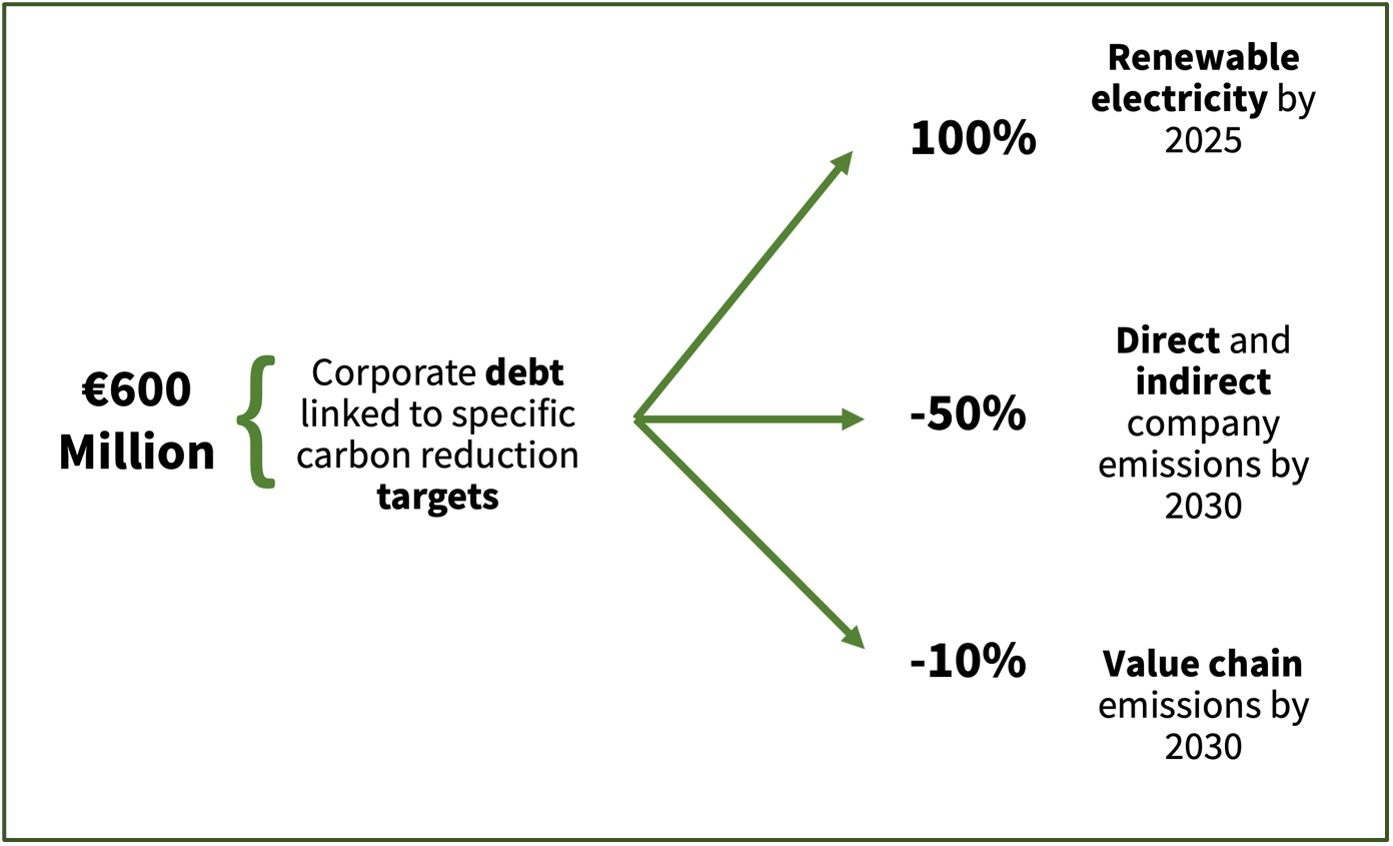
Figure 4: Case study #2: Chanel’s green bonds
Source: The Fashion Law
C. Customers – happier when engaged!
Sustainability is also becoming an important driver of choice for shoppers. As public awareness of climate change grows, with 57% of consumers having now switched to sustainable behaviours,[16] people are increasingly looking to brands to act responsibly (Figure 2).[17]
Circular business models, such as clothing rentals or regeneration of waste into new materials, establish stronger and longer relationships with their audience and members, and yield unique insights into usage patterns than can lead to virtuous cycles of improved products, better service, and greater customer satisfaction.[18] By transparently managing the brand’s narrative, firms can leverage their ESG-driven values and actions to stand out as a reputable market player, whilst meeting their customers’ expectations and bottom-line targets. [19] Let’s look at how Stella McCartney put all this into action (Figure 5).[20], [21], [22]
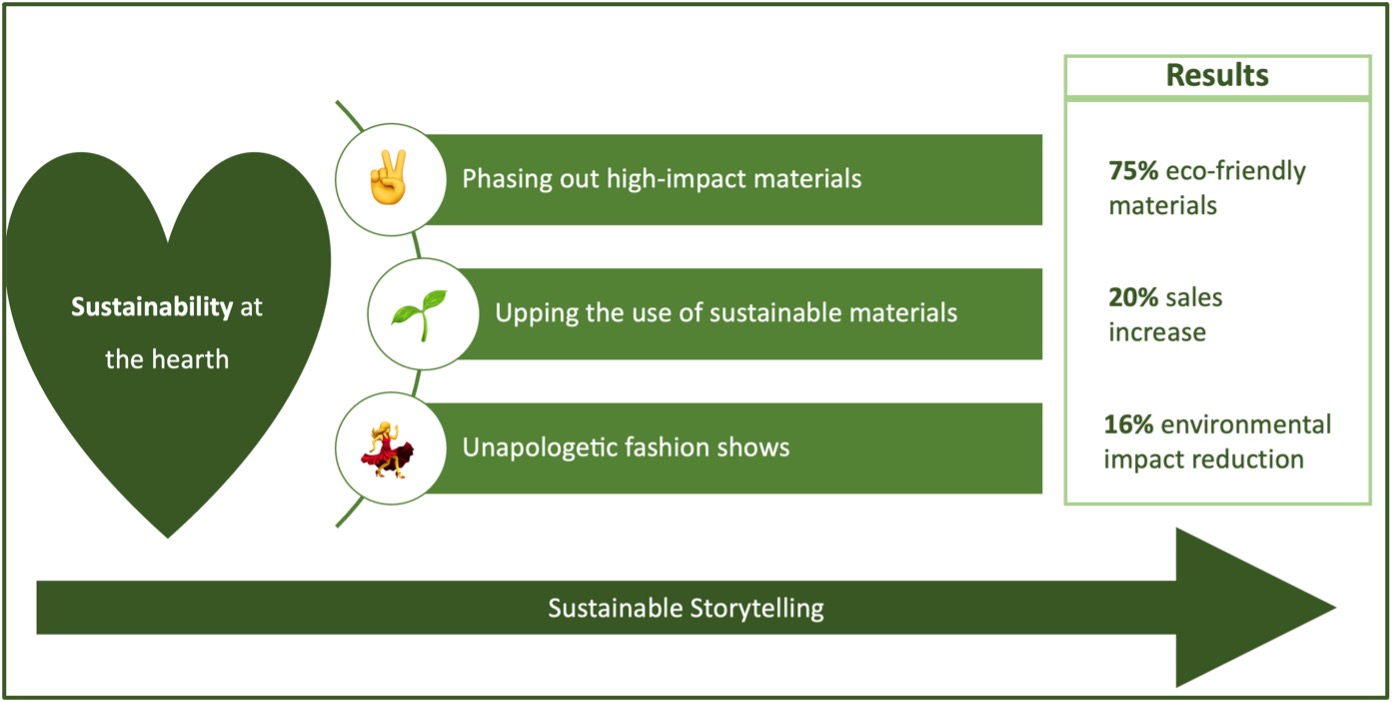
Figure 5: Case study #3: Stella McCartney, from stories to profit
Sources: CSR Journal, Financial Times, and Mindless Mag
Sustainable fashion is set to surpass USD 8 billion next year and hit USD 15.17 billion by 2030. Thus, conscious individuals must ask themselves critical questions as the world recovers from the pandemic, and sustainability becomes synonymous with profit: what will your brand stand for?
References
[1] “Ethical Fashion Market 2022 – Global Forecast To 2030.” The Business Research Company. Available at: https://www.thebusinessresearchcompany.com/report/ethical-fashion-market
[2] “Survey: Circular economy businesses outperform those that take, make and dispose.” Edie. Available at: https://www.edie.net/survey-circular-economy-businesses-outperform-those-that-take-make-and-dispose/
[3] “Creating competitive advantage through sustainability.” Grant Thornton. Available at: https://www.grantthornton.global/en/insights/articles/creating-competitive-advantage-through-sustainability/#i
[4] “Creating competitive advantage through sustainability.” Grant Thornton. Available at: https://www.grantthornton.global/en/insights/articles/creating-competitive-advantage-through-sustainability/#i
[5] “Advantages” from Kearney study of 51 sustainable corporates. “Reasons” from Grant Thornton’s International Business Report (IBR), totalling the views of 5,000 business leaders across 29 economies.
[6] “Creating competitive advantage through sustainability.” Grant Thornton. Available at: https://www.grantthornton.global/en/insights/articles/creating-competitive-advantage-through-sustainability/#i
[7] “Creating competitive advantage through sustainability.” Grant Thornton. Available at: https://www.grantthornton.global/en/insights/articles/creating-competitive-advantage-through-sustainability/#i
[8] “The Jackson 5 – ABC.” ABC Records. Available at: https://www.youtube.com/watch?v=ho7796-au8U
[9] “Creating competitive advantage through sustainability.” Grant Thornton. Available at: https://www.grantthornton.global/en/insights/articles/creating-competitive-advantage-through-sustainability/#i
[10] “Pragmatic Sustainability: Translating Environmental Ethics into Competitive Advantage.” Journal of Business Ethics. Available at: https://link.springer.com/content/pdf/10.1007/s10551-008-9950-6.pdf
[11] “Pragmatic Sustainability: Translating Environmental Ethics into Competitive Advantage.” Journal of Business Ethics. Available at: https://link.springer.com/content/pdf/10.1007/s10551-008-9950-6.pdf
[12] “Circular economy models reduce costs and boost sales for major fashion brands.” Edie. Available at: https://www.edie.net/circular-economy-models-reduce-costs-and-boost-sales-for-major-fashion-brands/
[13] “Creating competitive advantage through sustainability.” Grant Thornton. Available at: https://www.grantthornton.global/en/insights/articles/creating-competitive-advantage-through-sustainability/#i
[14] “Yes, Sustainability Can Be a Strategy.” Harvard Business Review. Available at: https://hbr.org/2019/02/yes-sustainability-can-be-a-strategy
[15] “Chanel Solidifies its Sustainability Targets by Way of a New $700 Million Bond.” The Fashion Law. Available at: https://www.thefashionlaw.com/chanel-raises-nearly-700-million-with-new-sustainability-linked-bond/
[16] “Survey: Consumer Sentiment on Sustainability in Fashion.” McKinsey & Company. Available at: https://www.mckinsey.com/industries/retail/our-insights/survey-consumer-sentiment-on-sustainability-in-fashion
[17] “Creating competitive advantage through sustainability.” Grant Thornton. Available at: https://www.grantthornton.global/en/insights/articles/creating-competitive-advantage-through-sustainability/#i
[18] “The Circular Economy in Detail.” Ellen MacArthur Foundation. Available at: https://archive.ellenmacarthurfoundation.org/explore/the-circular-economy-in-detail
[19] “How sustainability strategies can create competitive advantage.” EY. Available at: https://www.ey.com/en_us/sustainability/sustainability-strategies-create-competitive-advantage
[20] “7 Fashion Brands that take CSR Seriously.” The CSR Journal. Available at: https://thecsrjournal.in/seven-fashion-brands-that-takes-csr-seriously/
[21] “Storytelling our way to sustainable fashion.” Mindless Mag. Available at: https://www.mindlessmag.com/post/storytelling-our-way-to-sustainable-fashion-1
[22] “Stella McCartney: ‘I just want to save the planet’”. Financial Times. Available at: https://www.ft.com/content/f4fdc9d4-973a-4e17-80c4-4ba02f78e453
Authors: Naomy Gmyrek & Pietro Moro
Latest from the Blog